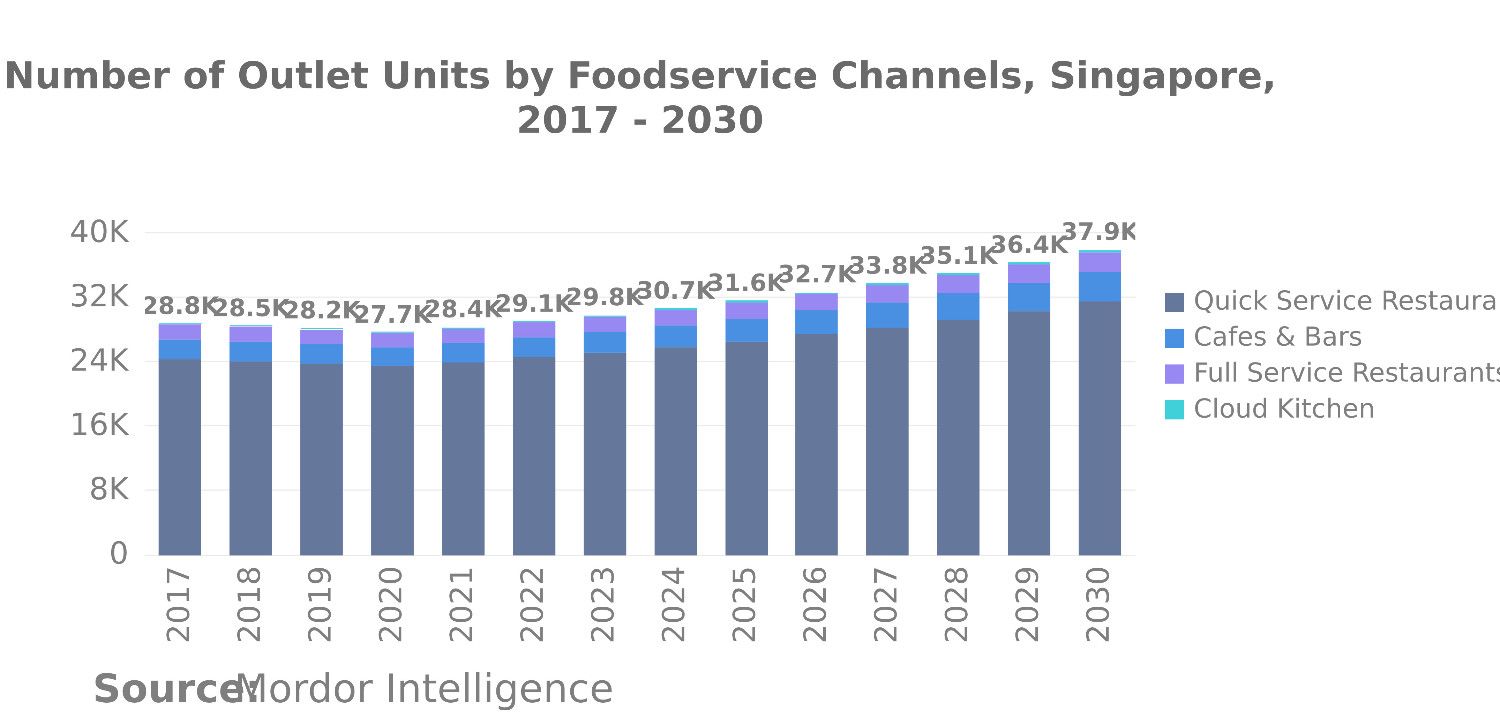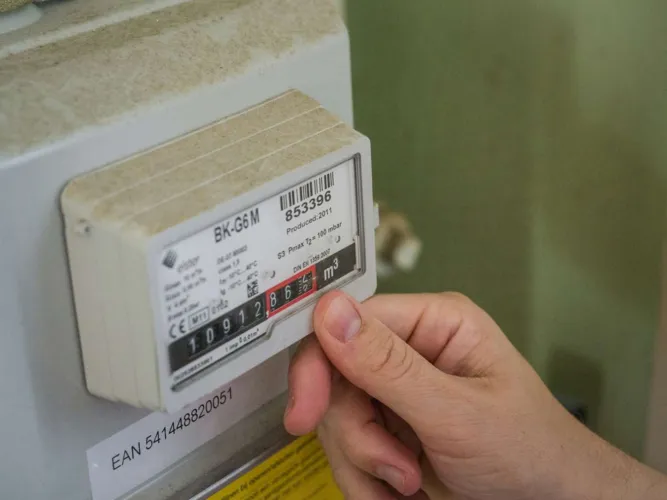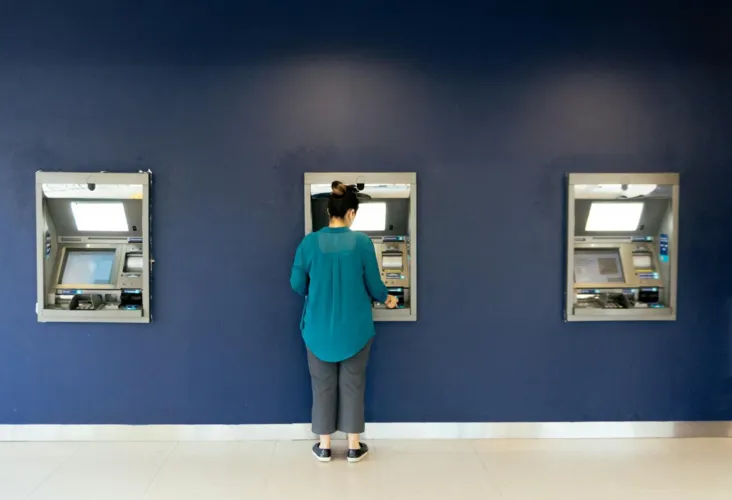Singapore has long been a melting pot of global cuisines. In the past two years, however, one trend has stood out: the Singapore Chinese F&B influx. Mainland Chinese food and beverage brands are moving in fast, reshaping the local dining landscape and competing for prime space in the city’s top malls and neighborhoods.
In mid-2024, there were only 32 Chinese F&B brands in Singapore, operating around 184 outlets. By August 2025, that number had surged to 85 brands with over 400 outlets. This growth, and more than doubling within a year, marks one of the fastest foreign expansions in Singapore’s recent F&B history.
Singapore Chinese F&B Influx Is a Strategic Expansion Beyond Profit

Many of these brands aren’t just chasing short-term revenue. They’re making bold, strategic moves. Some have reportedly offered higher rental bids to secure prime retail spots. The goal isn’t just to sell more bubble tea or noodles. It’s to strengthen their brand image, test international markets, and establish a foothold in Southeast Asia.
Singapore’s position as a global business hub makes it the perfect testing ground. With its diverse consumer base and high dining standards, success here often signals readiness for larger regional or global expansion.
Read Also: Retail Boom in Singapore Luxury Goods Market
Flagship Singapore Chinese F&B Influx: Brands Leading the Charge
Several flagship names highlight this trend. Mixue, the popular dessert and beverage chain, grew from 10 outlets in 2023 to 31 by May 2025. Luckin Coffee, already a familiar name across China, expanded from 30 to 63 stores in the same period. Together, they represent the scale and ambition behind this wave of expansion.
These rapid openings reflect not just market opportunity, but also strong consumer demand. Singaporeans — and the city’s large Chinese-speaking community — have shown enthusiasm for these brands, fueling even more openings in malls, business districts, and neighborhood hubs.
Echoes of Past Culinary Influxes
This surge has drawn comparisons to earlier culinary waves. Decades ago, Japanese and Korean F&B brands flooded Singapore with sushi chains and K-BBQ restaurants, transforming local tastes. Today, the Chinese F&B wave appears to be following a similar path, but at an even faster pace.
The difference lies in how these brands view Singapore. For many, it’s more than a sales market. It’s a branding stage, where success can influence expansion strategies in other parts of Asia. From marketing concepts to menu testing, Singapore serves as both a showcase and a laboratory for Chinese F&B innovation.
What Singapore Chinese F&B Influx Means for Singapore
The impact is clear. With over 400 Chinese F&B outlets now operating, competition in the food scene has intensified. Local and international brands are adjusting pricing, menus, and store designs to stand out. At the same time, consumers are enjoying a richer mix of choices, from spicy Sichuan hotpot to modern Chinese coffee concepts.
However, this growth also raises questions about sustainability. As brands continue to expand rapidly, maintaining quality and brand consistency will be key. Singapore’s discerning diners will expect more than novelty. They’ll expect excellence.
Looking Ahead: Singapore Chinese F&B Influx
The Singapore Chinese F&B influx is far from over. More mainland brands are reportedly eyeing entry, drawn by the market’s openness and its role as a regional trendsetter. For investors, landlords, and consultants, this shift represents both opportunity and challenge — from managing real estate competition to navigating cultural adaptation.
For businesses looking to understand or participate in this evolving landscape, Market Research Singapore offers global expertise and local insight. To explore how your brand or organization can tap into this growing trend, contact Market Research Singapore for strategic support and market guidance.







